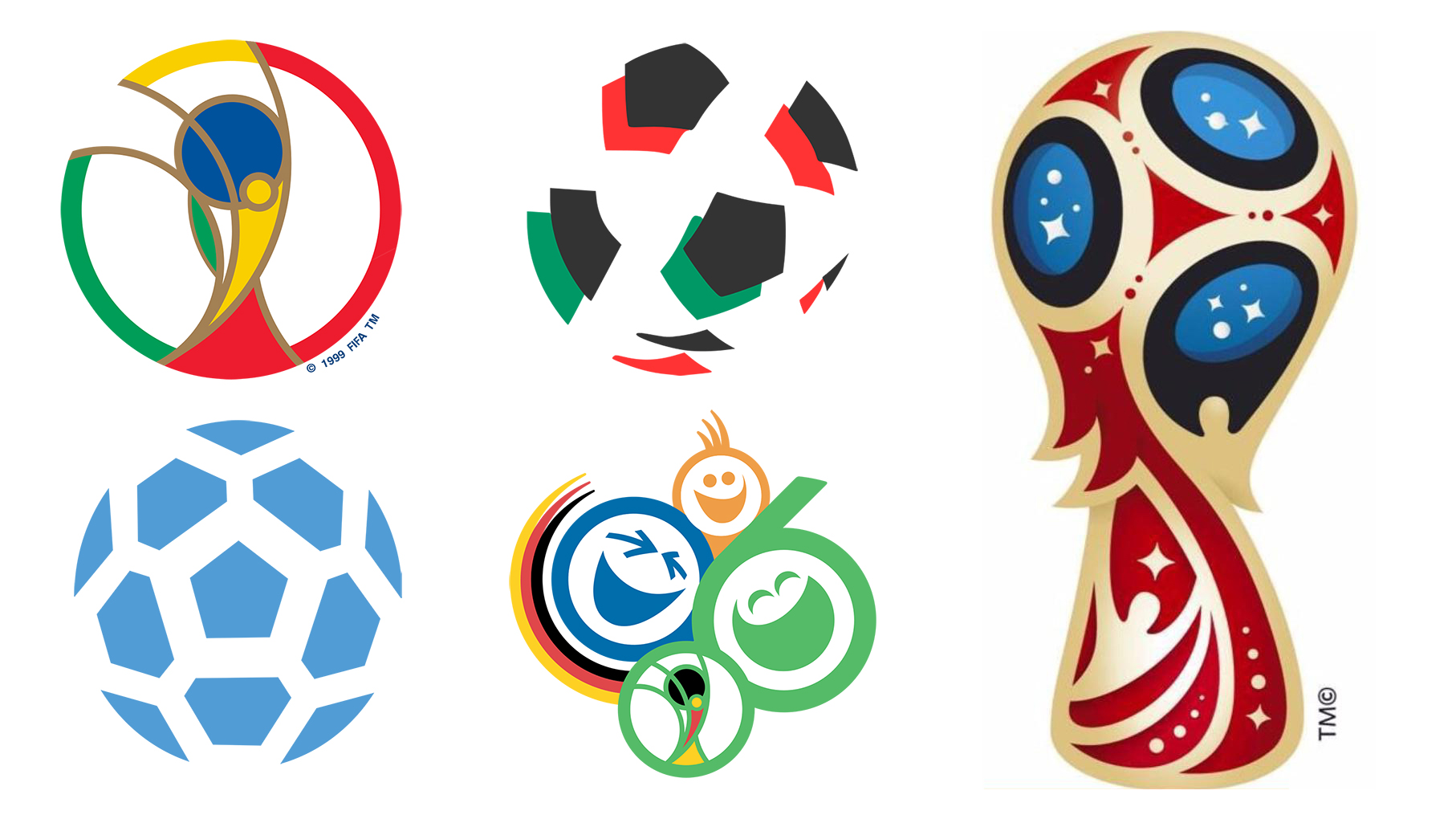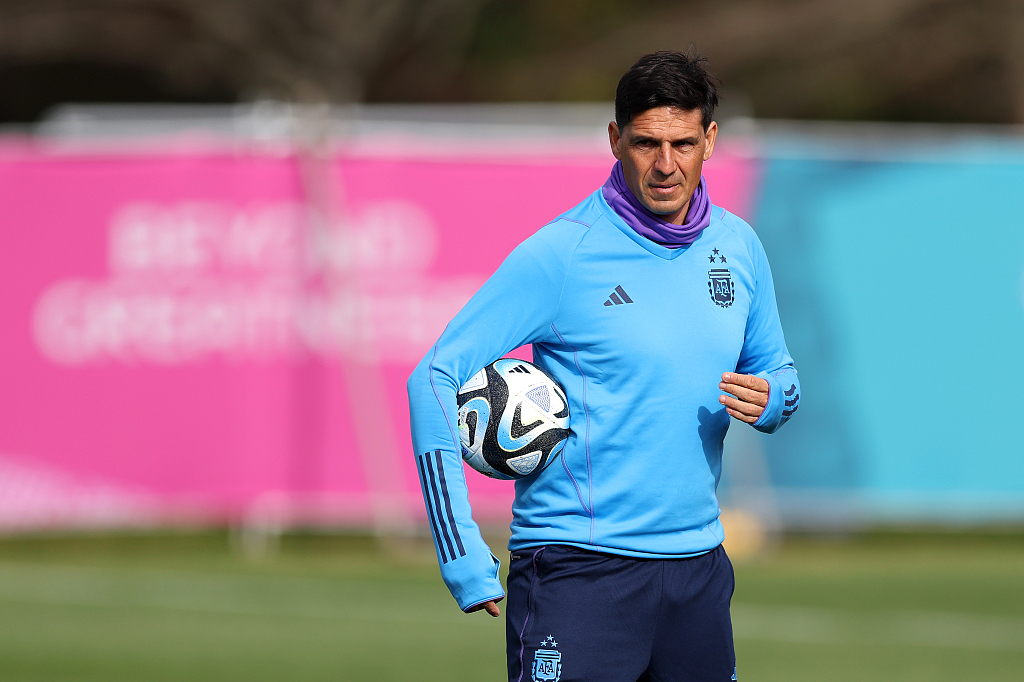As excitement builds around the upcoming 2026 FIFA World Cup, one element that always captures the imagination of fans worldwide is the unveiling of the official mascot. A mascot isn’t just a cute character; it represents the spirit, culture, and values of the host country.
The 2026 FIFA World Cup, set to be co-hosted by the United States, Canada, and Mexico, promises to bring a unique and diverse mascot to the forefront. Mascots have always played a vital role in bringing joy and unity to the tournament, and this edition is expected to be no different.
Join us as we dive into the history, significance, and expectations surrounding the much-anticipated reveal of the 2026 FIFA World Cup mascot.
Introduction to the 2026 FIFA World Cup Mascot
The 2026 FIFA World Cup Mascot is an integral part of the much-anticipated event, adding flair and excitement to the tournament. The mascot serves as a symbol of unity, representing the host country’s culture, values, and spirit.
The Role of the Mascot
The mascot plays a crucial role in engaging fans, especially children, and creating a festive atmosphere during the World Cup. It embodies the passion for football and the joy of coming together as a global community to celebrate the sport.
Design Inspiration
The design of the 2026 FIFA World Cup Mascot is inspired by the rich heritage and diverse landscapes of the host nations. The mascot’s appearance and characteristics aim to reflect the unique cultural identity of the region.

History of FIFA World Cup Mascots
The FIFA World Cup mascots are an essential part of the tournament’s branding and have become iconic symbols over the years. These mascots are designed to represent the culture and spirit of the host country while also promoting the event globally.
Evolution of FIFA World Cup Mascots
Since the introduction of World Cup mascots in 1966, each tournament has featured a unique character. These mascots range from animals to children, each with a story to tell and a message to convey about the host nation.
The mascots have evolved from simple designs to more complex and modern characters, reflecting the changing trends in design and marketing.
Impact of FIFA World Cup Mascots
The mascots play a crucial role in engaging fans, promoting merchandise, and creating a sense of unity among supporters from around the world. These characters often represent the values of fair play, diversity, and joy of the game.
- Unity: Mascots bring fans together, regardless of their nationality, to celebrate the beautiful game.
- Merchandise: Mascots drive sales of memorabilia and merchandise, becoming part of the World Cup experience for fans.
- Global Reach: The mascots help in establishing a global identity for the tournament, making it recognizable worldwide.

Design Process and Selection Criteria
When unveiling the 2026 FIFA World Cup mascot, a rigorous design process and specific selection criteria are essential to ensure the mascot truly represents the spirit of the event. Designers brainstorm unique concepts and ideas that embody the cultural heritage of the host countries while resonating with a global audience.
Concept Development
The initial phase involves creating various design concepts, from which a shortlist is made based on creativity, originality, and relevance to the tournament. Each concept is then further developed and refined to enhance its visual appeal and storytelling.
Moreover, collaborations with local artists and cultural experts ensure that the mascot accurately reflects the diversity and traditions of the host nations.
Selection Criteria
Several criteria guide the selection of the final mascot design. The mascot must be visually appealing, easily recognizable, and memorable, making it an iconic symbol of the tournament. Additionally, it should resonate with fans of all ages and backgrounds, fostering a sense of unity and excitement.
- Global Appeal: The mascot’s design should have universal appeal, transcending language and cultural barriers.
- Symbolism: It should embody the values of sportsmanship, fair play, and inclusivity, reflecting the ethos of the FIFA World Cup.
- Marketability: The mascot should be easily adaptable for merchandising and promotional purposes, maximizing its commercial potential.
Unveiling of the 2026 FIFA World Cup Mascot
The highly anticipated **unveiling of the 2026 FIFA World Cup Mascot** has created a buzz among football enthusiasts worldwide. The mascot plays a crucial role in representing the spirit and culture of the host country and adds an exciting element to the tournament.
The Mascot Reveal Event
During the grand **unveiling event** held in the host nation, fans and media gathered to witness the official presentation of the adorable and charismatic mascot designed to capture the essence of the tournament.
The mascot, through its unique characteristics and **colorful appearance**, aims to connect with fans of all ages and backgrounds, fostering a sense of unity and excitement leading up to the World Cup.
Symbolism and Design
The **mascot’s design** incorporates elements inspired by the rich cultural heritage and vibrant landscapes of the host nation, symbolizing unity, diversity, and the spirit of football.
The **use of vibrant colors** and dynamic poses symbolize energy, passion, and the celebration of the sport, resonating with fans and creating an unforgettable link to the upcoming tournament.
Meaning and Symbolism behind the Mascot
Every FIFA World Cup, the unveiling of the official mascot is a highly anticipated event that adds color and joy to the tournament. The 2026 FIFA World Cup mascot plays a vital role in representing the spirit of the event, the host nation, and the values associated with football.
Representation of Diversity and Unity
The 2026 FIFA World Cup mascot aims to embody the diversity and unity of the participating nations, underlining the importance of inclusivity and togetherness in football. The mascot often showcases various cultural elements and symbolizes the coming together of different countries for a shared love of the game.
Inspiring the Youth and Promoting Values
The mascot serves as an inspiration for the younger generation, encouraging them to pursue their dreams in football and beyond. Through its design and characteristics, the mascot conveys important values such as sportsmanship, fair play, and perseverance, instilling a sense of pride and enthusiasm in both players and fans.
- Encouraging fair play and sportsmanship
- Promoting unity and teamwork
- Celebrating the cultural richness of the host nation
Marketing and Merchandising of the Mascot
Marketing and merchandising play a crucial role in promoting the 2026 FIFA World Cup Mascot. Creating a strong brand image for the mascot is essential to drive fan engagement and generate excitement for the upcoming event.
Brand Collaboration
Collaborating with renowned brands for merchandise featuring the mascot can enhance its visibility and reach. Partnering with well-known sports apparel companies can lead to the creation of exclusive merchandise such as t-shirts, caps, and accessories.
These partnerships not only boost the mascot’s popularity but also provide fans with quality products to show their support for the 2026 FIFA World Cup.
Online Marketing Campaigns
Utilizing social media platforms and digital marketing strategies is vital in reaching a global audience. Engaging content, interactive campaigns, and contests themed around the mascot can create a buzz and increase brand recognition.
Impact of the Mascot on Fans and Public Opinion
The mascot of the 2026 FIFA World Cup plays a significant role in shaping fans’ and the public’s opinions towards the upcoming event. Mascots have the power to evoke emotions, create connections, and generate excitement among the audience.
Building Brand Awareness
The mascot serves as a symbol of the tournament, representing the values and culture of the hosting countries. It helps in building brand awareness for the World Cup and can be a powerful tool in marketing and promotion.
Introducing the mascot early can create anticipation and increase engagement with fans.
Enhancing Fan Engagement
The mascot becomes a focal point for fans to rally behind, creating a sense of unity and camaraderie among supporters. It can be featured in merchandise, social media campaigns, and interactive activities to engage fans across the globe.
- Interactive contests involving the mascot can drive fan participation.
- The mascot’s presence in stadiums and fan zones boosts the atmosphere of the tournament.
Legacy of the 2026 FIFA World Cup Mascot
The 2026 FIFA World Cup mascot is a symbol of unity and excitement that will be remembered long after the tournament ends. With its vibrant colors and unique design, the mascot represents the spirit of the host countries and the passion of football fans around the world.
Symbol of Unity
The mascot serves as a unifying figure, bringing together people from different cultures and backgrounds to celebrate the love of the game. Its presence creates a sense of camaraderie among fans, players, and officials alike.
Embracing the 2026 FIFA World Cup Mascot as a symbol of unity, fans from across the globe come together to support their teams and share in the joy of the tournament.
Excitement and Anticipation
The unveiling of the mascot generates buzz and excitement leading up to the tournament, creating a sense of anticipation among football enthusiasts. Fans eagerly await the mascot reveal as it signifies the official countdown to the much-anticipated event.
- The mascot’s presence adds an element of fun and playfulness to the tournament, engaging both young and old fans in the festivities.
Frequently Asked Questions
-
- What is the significance of a World Cup mascot?
- A World Cup mascot represents the spirit and culture of the host country and adds fun and excitement to the tournament.
-
- When was the 2026 FIFA World Cup mascot unveiled?
- The 2026 FIFA World Cup mascot is set to be unveiled closer to the tournament dates, usually a year or two before the World Cup begins.
-
- How is the FIFA World Cup mascot selected?
- The FIFA World Cup mascot is usually selected through a design competition or a selection process by the organizing committee and FIFA.
-
- What are some popular past FIFA World Cup mascots?
- Some popular past FIFA World Cup mascots include Zakumi (2010 South Africa), Fuleco (2014 Brazil), and Zabivaka (2018 Russia).
-
- What role does the FIFA World Cup mascot play during the tournament?
- The FIFA World Cup mascot serves as a symbol of unity, joy, and festivity, engaging fans and creating a sense of connection with the tournament.
Unlocking the Charisma of the 2026 FIFA World Cup Mascot
As we delve into the captivating world of the 2026 FIFA World Cup Mascot, we unravel a tapestry of creativity, symbolism, and unity. Through this blog journey, we’ve witnessed how the mascot serves as a beacon of excitement, representing the essence of the upcoming tournament. Embodying the spirit of diversity and inclusivity, the mascot stands as a unifying symbol for fans worldwide.
In summary, the unveiling of the 2026 FIFA World Cup Mascot is not just about a character but a representation of the shared passion and love for the beautiful game. Let’s embrace this mascot with open arms and look forward to a tournament filled with joy, camaraderie, and unforgettable moments!

